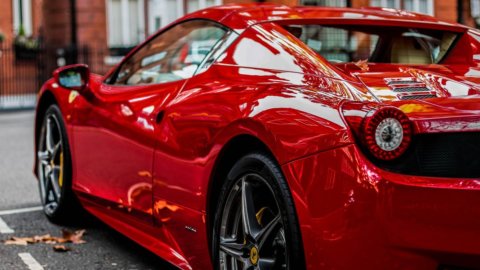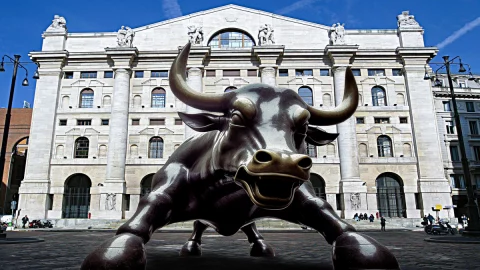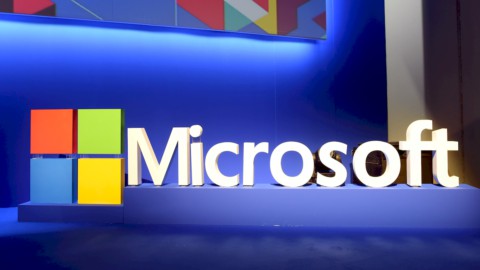Ferrari runs, which closes the third quarter of 2021 with all the main financial parameters in sharp growth, also deciding to improve the guidance for the full year. The quarterly performance pushes the title towards new records. The session of 2 November closed with an increase of +1,19% to 213,10 euros per share, while today, Wednesday 3 November, the stock flies to the top of the Ftse Mib with an increase of 5,5, 224,8% to 226 euros, after reaching an all-time high of XNUMX euros per share.
Going into the details of the quarterly report, the first under the guidance of the new CEO Benedetto Vigna, both profit and revenues mark a double-digit increase. THE net profits grew by 21% compared to the same period a year ago, reaching 207 million, while theadjusted diluted eps it stood at 1,1 euro, up 21% compared to 0,92 euro a year ago. As of September 30th the revenues they amount to 1,053 billion euros, up by 19% on the third quarter of 2020 and by 15,1% compared to the third quarter of 2019, pre-pandemic period. As regards the individual components, revenues from automobiles and spare parts amounted to 883 million (+21,6%), those of Engines to 55 million (+24,8%), those from Sponsorships, commercial and mark at 95 million euro (+1,3%).
The data on the deliveries, which marks a rise of 19% to 2.750 units. Going forward with the data, the ebitda is equal to 371 million euros (+12%) with a margin of 35,2% (it was 37,2% a year ago), the ebit instead is 270 million (+22 %) with margin to 25,7% from 25%.
The generation of free cash flow industrial was "exceptionally strong in the quarter", underlines the company, reaching 242 million euros, driven by the EBITDA and the collection of advances on the 812 Competizione, partly offset by capital expenditures of 189 million euros.
L'net industrial debt as at 30 September 2021 it fell from 552 million as at 30 June 2021 to 358 million.
Under the geographical profileshipments to EMEA grew 1,6% to 1.308 units, Americas 40,1% to 706 units, Mainland China, Hong Kong and Taiwan grew 109,2% to 249 units, favored by the arrival of new models, in particular the Ferrari Roma and the SF90 Stradale, while the rest of the Apac grew by 21,1% to 487 units. Sales of 8-cylinder (V8) models increased by 39,4%, while sales of 12-cylinder (V12) models recorded a decrease of 35,1% "due mainly to lower deliveries of the 812 Superfast", fa know Ferrari in a note.
Moving on to 9 month results, the January-September 2021 period ended with deliveries up 27% on the same period of 2020 to 8.206 units, revenues up 30% to 3,099 billion, ebitda of 1,133 billion (+47%) with the margin rising to 36,6% from 32,3%, ebit of 810 million (+74%) with margin up to 26,2% from 19,5%, net profit of 619 million (+79%) and adjusted diluted eps of 3,33, 79 euros (+XNUMX%).
By virtue of the results achieved Ferrari has decided to raise the forecast for the whole year. “The strong results of the third quarter are an important step forward towards the upwardly revised 2021 guidance”, says the new CEO Benedetto Vigna in the note, speaking of “record order intake globally, in particular in China and the USA”. Revenue expectations are stable and should be around 4,3 billion euros. Adjusted EBITDA estimates are up, which should reach around 1,52 billion euros and a margin of 35,6% (between 1,45 and 1,5 billion and a margin between 33,7% and 34,9% previous guidance) and on EBIT of 1,05 billion euro with a margin of 24,6% (the previous estimate was between 0,97 and 1,02 billion with a margin of between 22,6% and 23,7%). Adjusted diluted EPS at the end of 2021 should be around €4,30 (from €4-4,2) and industrial free cash flow at around €550 million (from €450 million). Finally, the company specified that the production programs “were not impacted by the shortage of semiconductors and raw materials".
(Last update: 12.28 on Wednesday 3 November).





